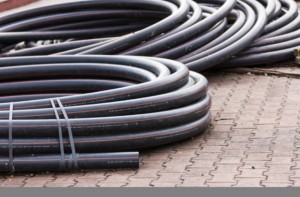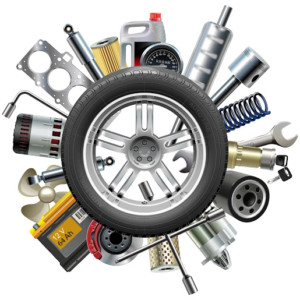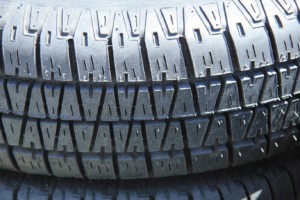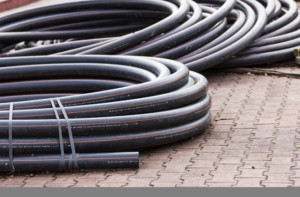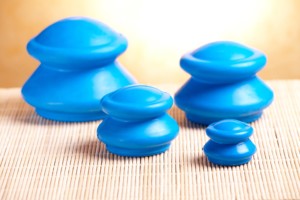
Acrylic rubber constitutes an alkyl acrylate copolymer (ACM) by the chemical term. Therefore, the material falls in the specialty rubbers category. In addition, this rubber type has a high resistance to oxidation and heat. High resistance to oxidation means that the rubber isn’t highly reactive in chemical processes.
Read More about Characteristics and Applications of Acrylic Rubber »

